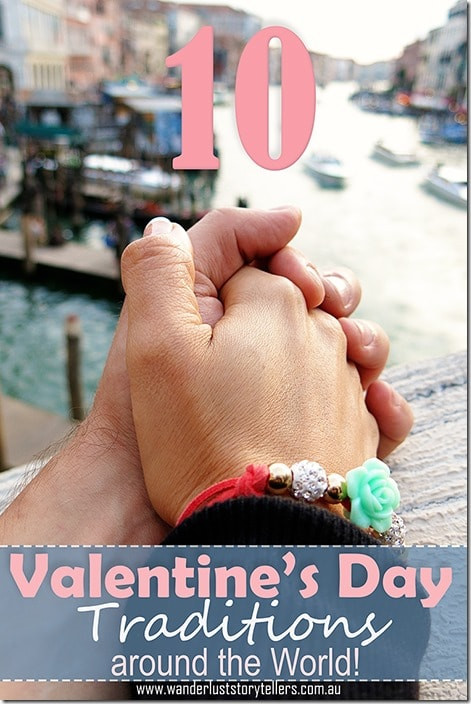Valentine's Day Around the World: A Global Celebration of Love
Valentine's Day, a day dedicated to celebrating love and affection, is observed in various cultures across the globe. While the core message remains the same—to express love and appreciation for significant others—the traditions and customs associated with this special day vary widely, reflecting the rich tapestry of global cultures.
Diverse Culinary Delights on Valentine's Day
Food plays a significant role in Valentine's Day celebrations worldwide. In many Western countries, romantic dinners in upscale restaurants or intimate home-cooked meals are common. However, the specific dishes vary dramatically. For instance, in Japan, women traditionally give chocolates to men, not just romantic partners, but also colleagues and friends. This is a fascinating aspect of Japanese Valentine's Day culture, adding a unique layer to the festivities. The chocolates themselves can range from high-end artisan confections to mass-produced chocolates, each carrying its own meaning and significance. Conversely, on White Day, a month later, men reciprocate the gesture, often with gifts of higher value than the chocolate they received. This exchange of gifts adds another layer of cultural nuance to the celebration.
The Sweet Side of Valentine's Day
The exchange of sweets and chocolates is a central theme, with each country adding its own unique twist. In some parts of the world, heart-shaped cookies or pastries become a popular choice for exchanging tokens of affection. These baked delights, often homemade, add a personal touch to the Valentine's Day celebrations. Moreover, many cultures incorporate local flavors and ingredients into their Valentine's Day treats. The diversity in culinary traditions beautifully underscores the global reach of Valentine's Day. In South America, some unique sweets and candies are often prepared. In contrast, the United States tends towards more commercially produced chocolates and candies. The difference reflects economic factors and the scale of commercialization in the various regions.
Beyond the Dinner Table: Unique Valentine's Day Traditions
Beyond romantic dinners and chocolates, many cultures have unique traditions that add a special touch to their Valentine's Day celebrations. In Denmark and Norway, for instance, the exchange of humorous, rhyming greeting cards, known as gaekkebrev, is a beloved custom. These cards, often anonymous, are usually sent before Valentine's Day. The recipient must guess who sent the card. In other parts of the world, unique gifts become the norm. These vary dramatically in price and personal significance. Furthermore, public displays of affection are viewed differently across cultures, ranging from common practice to potentially taboo.
Global Variations in Romantic Gestures
The expression of love varies greatly around the globe. Some cultures are more reserved in their public displays of affection, while others are more open and demonstrative. The cultural nuances surrounding romance and courtship contribute to the diverse ways Valentine's Day is celebrated across different countries. This adds a fascinating dimension to the global holiday. The significance of Valentine’s Day extends beyond simple romantic gestures to reflect and celebrate the diversity of human connections and relationship norms worldwide. The global nature of the celebration emphasizes cultural exchange and mutual understanding among different peoples and nations. We can see how each culture's beliefs and traditions form the basis for unique and wonderful celebrations.
A Day of Love: Celebrating Across Cultures
In conclusion, Valentine's Day transcends geographical boundaries, becoming a universal day to express love and appreciation. Although the specific customs may differ, the underlying sentiment remains the same: the celebration of love and affection in its many forms. While the Western world tends to focus on romantic love, other cultures incorporate broader expressions of love, encompassing family, friends, and community. Valentine's Day celebrations around the world offer a glimpse into the diverse ways cultures express their affection, highlighting the richness of human connections. The variations in traditions only serve to strengthen the universal message of love at the heart of this global celebration. The continued evolution and adaptation of these customs demonstrate how Valentine’s Day continues to evolve while maintaining its original message.


















